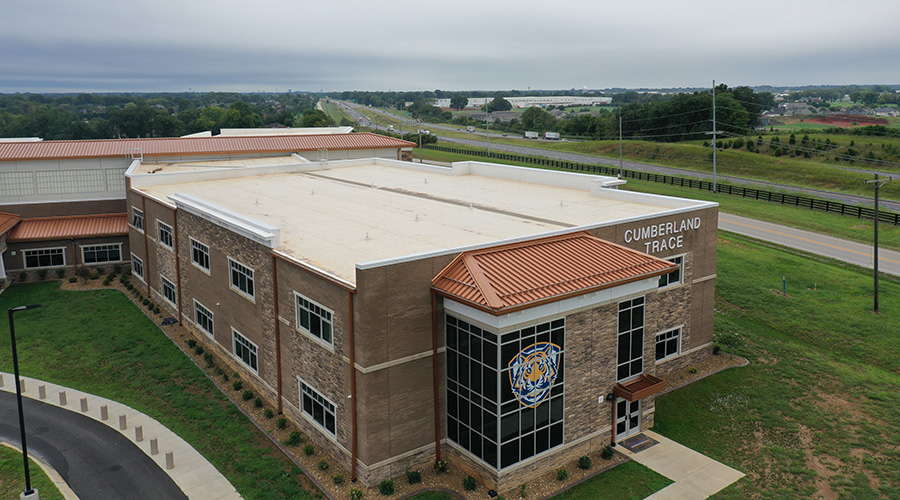Manufacturers Classify Coatings by Binder and Carrier Type
Reflective coatings are available for a variety of roofing systems, including low- and steep-slope metal and bituminous systems. Managers already can specify various coatings for different types of low-slope roof systems, and manufacturers are introducing new formulas to keep up with changing needs and roofing materials.
Water-based urethanes, bio-based materials, 100 percent solids silicones, and low volatile-organic-compound asphalt cutbacks are in the pipeline. Self–cross-linking, water-based coatings; faster-setting, water-based coatings; and a basecoat primer suitable for every roofing membrane also are on the horizon.
Manufacturers commonly classify roof coatings according to binder type and carrier type, which also determine application methods and compatibility with existing roof surfaces.
A coating’s binder, or resin, is its basic matrix material, which adheres to a roof surface. Manufacturers use different binder chemistries to meet price and performance criteria and to match specific roof substrates. The binder type dictates most of a coating’s primary physical properties, including elongation, tensile strength, adhesion to a substrate material, permeance, water swelling, and low-temperature flexibility.
Roof coating binders typically range from asphalts to a variety of elastomers — acrylics, urethanes, silicones, thermoset rubbers and various block polymers — as well as blends of these materials.
A coating’s carrier is the liquid that combines with the binder to reduce viscosity to a workable level. The carrier generally evaporates during curing.
The carrier also generally dictates a coating’s installation process and cure time. Manufacturers now more often use water as a carrier, in which case the binder is suspended in water as an emulsion. Traditionally, most coating binders have used a solvent as the carrier. Solvent-based coatings cure in a broader range of weather conditions and might be the best choice — or only choice — in freezing or wet conditions.
A coating’s cure rate varies greatly because it reacts to ambient humidity, temperature and sunlight. This reaction is especially true of water-based coatings. Managers must allow coatings to cure sufficiently to ensure they are waterproof.
Finally, manufacturers add pigments and fibers to binders to control physical properties and increase reflectivity. Because reflectivity and emittance are defining properties of cool roofs, organizations such as the Energy Star program and the Cool Roof Rating Council in California monitor and measure these coatings.
Related Topics:














